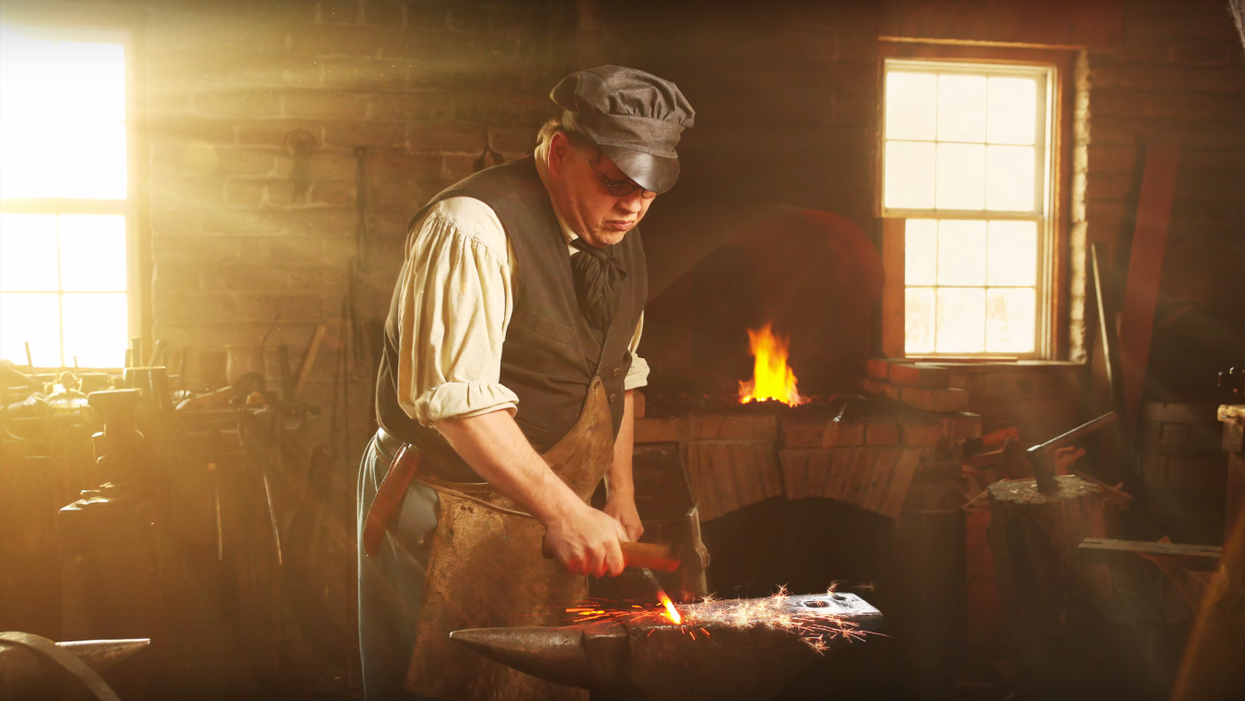Watch: 4 Principles That Will Help You Create Beautiful Shafts of Light
Learn how to create effects with light that even Steven Spielberg would be proud of.

Envision this scene: dawn breaks through the dusty window of a weathered cabin, splitting into stems of undulating, cloud-filled light. Ah—light shafts, they're gorgeous. You see them in movies all the time, but it takes a little bit of know-how in order to get them to look just right. Jay P. Morgan of The Slanted Lens provides you with just that in the video below, in which he explains the four principles that are crucial for creating beautiful light shafts.
Morgan goes into depth about creating shafts of light in his blog post, but here's a quick summary to get you started. First of all, the four principles he describes in the video are:
- Atmosphere: You need to fill up your set with haze or smoke in order for light to show up in-camera.
- Angle: The angle at which you point your light n relation to your camera (as well as its distance from it) is important. Morgan says a 45-degree angle works well.
- Quality of light: Using lights that are powerful and able to focus your light enough is integral to creating those iconic shafts of light. Fresnels work well for this.
- Shaping the light: You need to be able to manipulate your light into the particular "shaft" shape you want. There are tons of ways to do this: using windows, flags, trees, grids, even cardboard cutouts.
Though creating shafts of light isn't an incredibly complex technique to pull off, it is a little bit labor intensive and requires a basic understanding of how light works. You need a light source that is fit for the task of creating a focused beam, a vehicle for the light (haze/smoke), proper positioning, and something that can mold it into its final shape.
The cool thing about this technique is that you can apply it in so many different ways to add atmosphere and beauty to your work. You can use it to create shafts of light through windows, door frames, street lights, flashlights, headlights, and a host of other things to turn a somewhat insipid object into an effective storytelling device.
Source: The Slanted Lens














